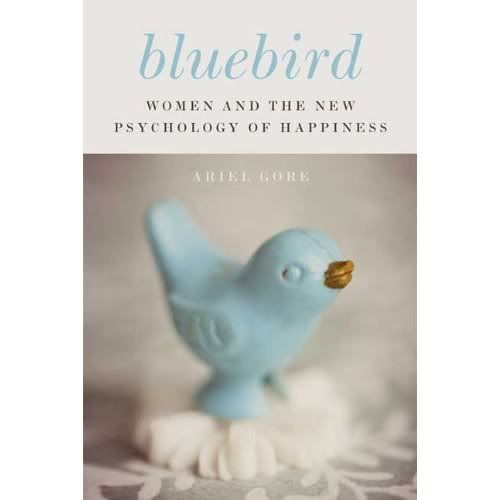Ninety percent of working moms, and 95 percent of working dads in the US report work/family conflict–much higher than workers in other comparable countries. But of course. We work 11 more hours per week than we did three decades ago. And, compared to other rich countries, we have fewer laws and policies regulating working time, including no federal laws on paid vacation, paid sick days, or paid parental leave. All this, according to a new Center for American Progress report by Joan Williams and Heather Boushey on “The Three Faces of Work-Family Conflict.”
I just got the report, but already there are two things I love about it: first, it focuses on social class. They separately analyze the reality facing three kinds of families: those who are low-income, those who are professionals and managers (one out of five families), and those in the “missing middle” – the 53 percent of families in between. Not surprisingly, work family conflict for those at the top–the ones that New York Times loves, loves, loves to write about in their mythological pieces on women opting-out and about how “daddy’s so baffled at home”–is different from families at the bottom or in the middle. By highlighting the differences by economic groups, the authors help us to recognize that, for example, our Family and Medical Leave Act–that gives people a “right” to unpaid leave–is a policy that only benefits families who can afford it.
Second, the report puts it all in our policy context: The authors explain that the lack of progress in the United States is a result of a conscious choice by our political leadership. Understand: the absence of work/family policies is policy. Let me quote from their executive summary:
“The United States today has the most family-hostile public policy in the developed world due to a long-standing political impasse. The only major piece of federal legislation designed to help Americans manage work and family life, the Family and Medical Leave Act, was passed in 1993, nearly two decades ago. In the interim—when Europeans implemented a comprehensive agenda of “work-family reconciliationâ€â€”not a single major federal initiative in the United States has won congressional approval. In the 110th and 111th congressional sessions, the Federal Employee Paid Parental Leave Act, which would provide four weeks of paid parental leave to federal employees, passed the House of Representatives—garnering support from 50 Republicans in the vote in the 110th Congress—but has not passed in the Senate.”
Worfamily conflict sucks. But Williams and Boushey’s report is awesome. So check it out.



